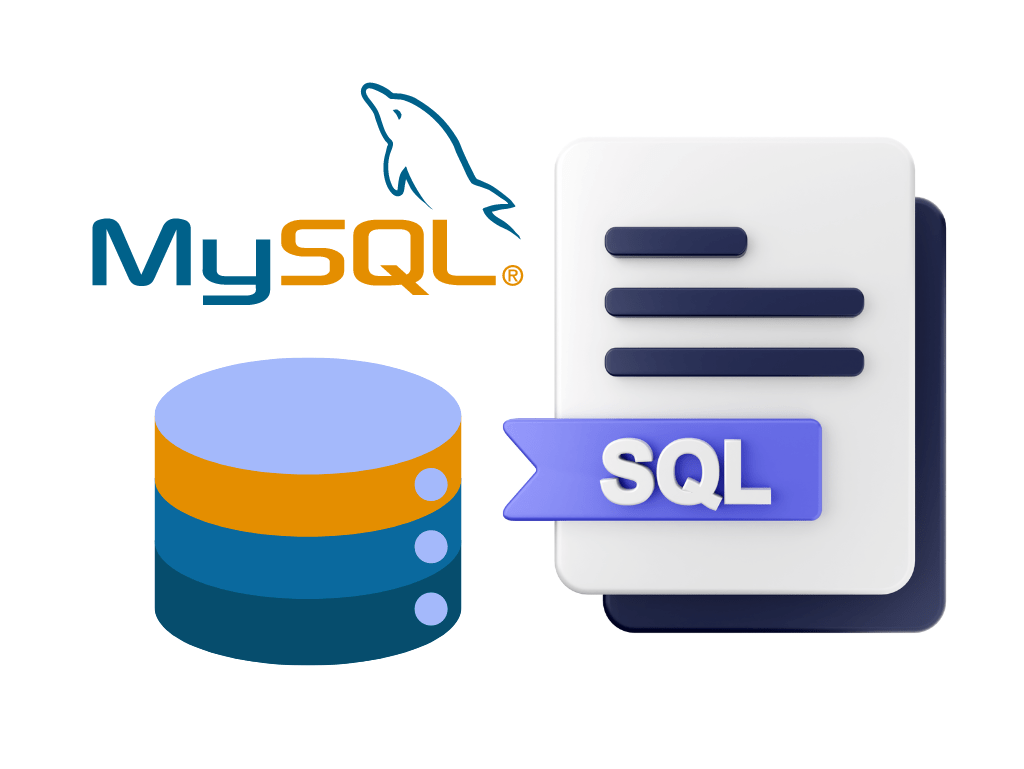Introduction
In today’s digital age, where data drives businesses and organizations, ensuring the security and integrity of databases is of paramount importance. Databases serve as the backbone of various applications, storing and managing vast amounts of sensitive information. Database security and integrity refer to the protection of data from unauthorized access, modification, or loss, and the assurance that data remains accurate, consistent, and reliable. This article delves into the key concepts, challenges, and best practices for maintaining robust database security and integrity.
Understanding Database Security
Database security involves implementing measures to protect data stored within a database system. The security framework aims to prevent unauthorized access, maintain data confidentiality, ensure data integrity, and mitigate the risk of data breaches. Key components of database security include authentication, authorization, encryption, and auditing.
- Authentication: Strong authentication mechanisms such as passwords, biometrics, or two-factor authentication are essential to verify the identity of users before granting access to the database.
- Authorization: Access controls need to be established to determine what actions users can perform within the database. Role-based access control (RBAC) is commonly used to assign specific privileges based on user roles or responsibilities.
- Encryption: Sensitive data should be encrypted both at rest and in transit. Encryption techniques like Advanced Encryption Standard (AES) or Transport Layer Security (TLS) protect data from unauthorized interception or decryption.
- Auditing and Logging: Robust auditing mechanisms track and log all activities within the database, allowing administrators to monitor access, detect suspicious behavior, and investigate potential security incidents.
Ensuring Database Integrity
Database integrity ensures the accuracy, consistency, and reliability of data stored within the database. Maintaining data integrity is vital for decision-making, maintaining customer trust, and complying with regulatory requirements. Here are key considerations for ensuring database integrity:
- Data Validation: Implementing strict data validation checks and constraints at the database level helps prevent the insertion of invalid or inconsistent data. This includes enforcing data types, range checks, uniqueness, and referential integrity.
- Transaction Management: Database management systems provide transaction management capabilities to ensure the atomicity, consistency, isolation, and durability (ACID) properties of database transactions. ACID compliance ensures that each transaction is processed reliably and leaves the database in a consistent state.
- Backup and Recovery: Regularly scheduled backups and the ability to restore the database to a consistent state in the event of data corruption or loss are critical for preserving database integrity. Backup strategies should consider both on-site and off-site backups to mitigate the risk of data loss.
- Database Maintenance: Regular maintenance activities such as index rebuilding, statistics updates, and database integrity checks are necessary to identify and fix potential issues that could compromise data integrity.
Challenges and Best Practices
Database security and integrity face numerous challenges due to evolving threats and complex database environments. Here are some best practices to enhance database security and integrity:
- Regular Security Audits: Conduct periodic security audits to identify vulnerabilities, review access controls, and ensure compliance with security standards and regulations.
- Patch Management: Regularly apply security patches and updates provided by the database vendor to address known vulnerabilities and protect against emerging threats.
- Strong Password Policies: Enforce strong password policies, including password complexity requirements, regular password changes, and multi-factor authentication.
- Database Encryption: Implement encryption techniques to protect sensitive data, both in transit and at rest, ensuring that even if unauthorized access occurs, the data remains unreadable.
- Data Masking and Anonymization: Use data masking and anonymization techniques to obfuscate sensitive information, ensuring that production data is not exposed in non-production environments.
- Principle of Least Privilege: Apply the principle of least privilege, granting users only the necessary privileges required to perform their tasks, and minimizing the potential impact of compromised accounts.
Conclusion
Database security and integrity are crucial for safeguarding valuable data assets from unauthorized access, manipulation, and loss. By implementing robust security measures, ensuring data integrity, and adhering to best practices, organizations can protect sensitive information, maintain customer trust, and comply with regulatory requirements. With the ever-evolving threat landscape, it is essential to continuously evaluate and enhance database security and integrity to stay ahead of potential risks and emerging vulnerabilities.



0 Comments